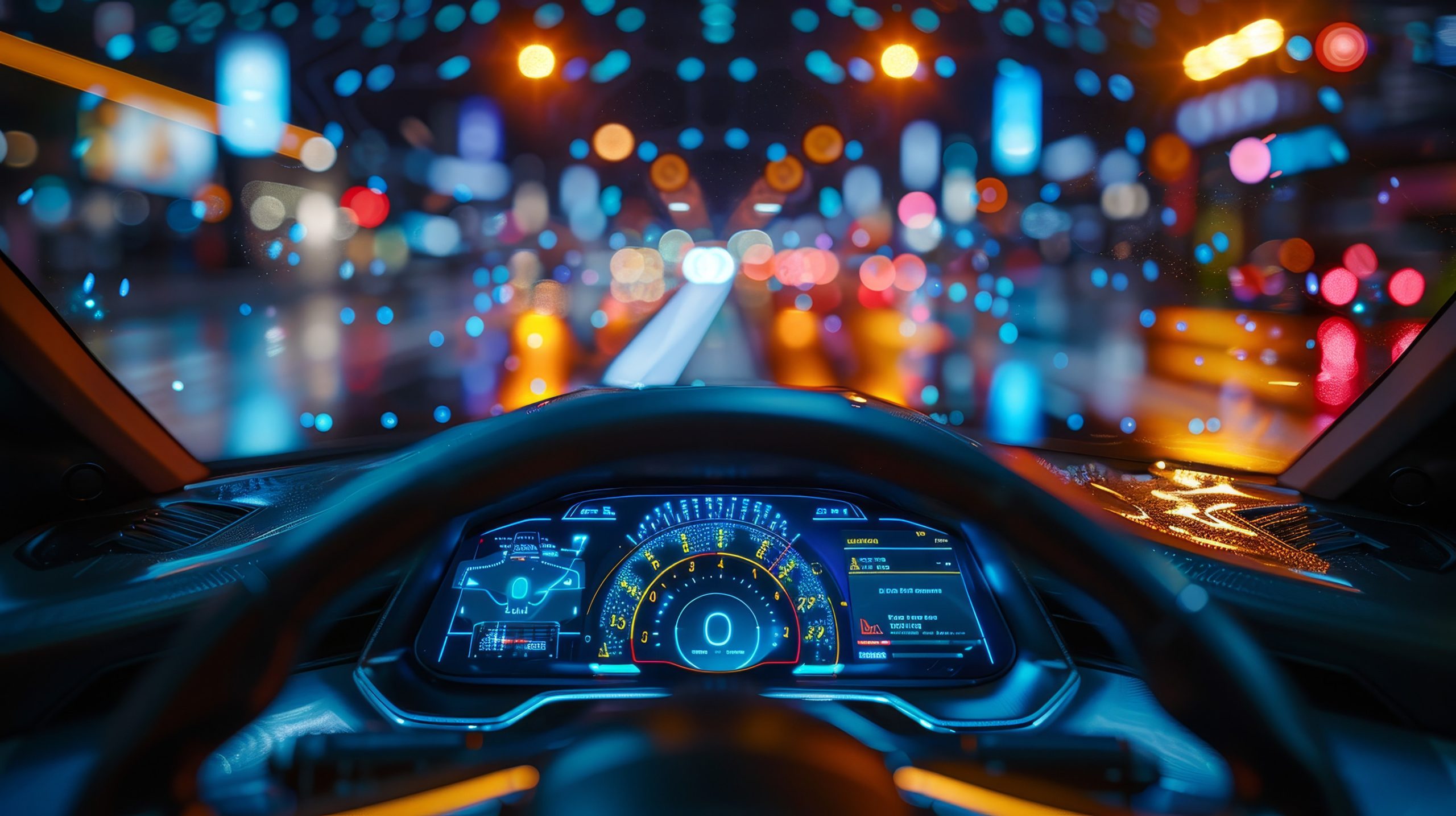Technology is a realm built on promises — dazzling visions of the future sold to the public with glossy videos, press releases, and keynote speeches. Silicon Valley thrives on hype, and for decades, companies have teased humanity with products and innovations that never quite arrived. Some of these ideas were overambitious, others were simply marketing gimmicks, and a few were probably never meant to materialize in the first place.
Yet time and time again, consumers invested their hopes—and wallets—into dreams that quietly faded away. What remains is a trail of broken promises, often forgotten but still shaping the cautious optimism with which people now greet tech announcements.
The Future That Never Came: 10 Tech Promises That Fell Flat
Fully Autonomous Cars on Every Road
Major tech and auto companies promised streets filled with self-driving cars by the early 2020s. Tesla, Google’s Waymo, Uber, and others claimed that autonomous vehicles would revolutionize transportation, reduce accidents, and eliminate traffic. While some strides have been made in semi-autonomous driving, fully driverless cars remain confined to test areas or tightly controlled urban zones. Regulatory hurdles, safety concerns, and ethical dilemmas have slowed progress more than anticipated. The world still waits for the day when a nap during a highway commute is actually safe.
The Death of Passwords
Technology leaders declared that passwords would become obsolete, replaced by facial recognition, biometrics, and two-factor authentication. Apple, Microsoft, and Google each offered a glimpse of a future without memorizing complex strings of letters and symbols. Despite these advancements, passwords still rule the digital world, and breaches caused by weak ones remain a major issue. The promise of seamless, secure identity verification hasn’t truly arrived at scale. Instead, most users continue juggling dozens of logins and constant password-reset emails.
Smart Glasses That Replaced Smartphones
Remember the buzz around Google Glass and the idea of augmented reality right before your eyes? Back in 2012, the promise was that smart glasses would eventually replace smartphones, offering hands-free navigation, communication, and information overlays. But privacy concerns, clunky designs, and underwhelming functionality led to a quick fade from the spotlight. Even recent efforts like Meta’s Ray-Ban Stories haven’t rekindled widespread enthusiasm. Smart glasses remain a niche product, far from the revolutionary shift once forecasted.
Space Tourism for the Masses
Companies like Virgin Galactic and Blue Origin promised regular civilian trips to space by the mid-2020s. The early 2010s were filled with excitement about making outer space a vacation destination for anyone with a taste for adventure. In reality, only a tiny number of billionaires and celebrities have reached suborbital heights. The cost remains astronomical, and most programs still feel like publicity stunts more than transformative breakthroughs. Space tourism is a reality—but only for the ultra-rich.
Hyperloop Transit Networks
Elon Musk’s Hyperloop concept promised high-speed, tube-based travel between cities that would outpace airplanes in speed and convenience. Multiple startups rushed to bring the idea to life, boasting futuristic renderings and aggressive timelines.
A decade later, the technology exists only in prototypes and test tracks, with no functioning public routes. Financial and engineering challenges have proven more daunting than initially acknowledged. For now, bullet trains and traditional rail still dominate long-distance land travel.
Universal Internet Access
Technology giants like Facebook and Google vowed to connect the entire planet, even its most remote corners, to the internet. Ambitious projects like Facebook’s Internet.org and Google’s Project Loon set out to provide connectivity via drones, balloons, and satellites. While a few pilot programs launched, most were discontinued quietly or scaled down significantly. The digital divide remains vast, especially in rural and developing regions. Universal internet access, once described as an imminent breakthrough, is still a work in progress.
A Fully Voice-Driven World
The rise of digital assistants like Alexa, Siri, and Google Assistant made it seem like voice commands would soon be the primary way people interacted with technology. Tech companies envisioned homes, offices, and even cars controlled entirely by vocal instructions. While smart speakers are common now, their actual usefulness is limited to simple tasks like setting timers or playing music. Misunderstood commands and privacy concerns have hindered adoption beyond novelty use. The dream of frictionless, voice-first computing is far from realized.
Seamless Virtual Reality Integration
Virtual reality was supposed to change everything—how people work, play, communicate, and learn. Companies like Oculus (now owned by Meta) promised immersive experiences that would be as common as smartphones. Despite years of investment and flashy product launches, VR still struggles with bulky hardware, high prices, and limited content. Its most consistent foothold remains in niche gaming, not everyday life. The vision of a world where virtual reality seamlessly blends into daily routines remains distant.
Robots in Every Home
Technology leaders predicted that by the 2020s, robots would assist with chores, monitor security, and even provide companionship. Companies showcased humanoid machines and AI-driven helpers, portraying them as soon-to-be household staples. In practice, domestic robots are mostly confined to robotic vacuums and novelty devices. High costs, complex functionality, and underwhelming performance have made mainstream adoption elusive. Rosie from “The Jetsons” still hasn’t shown up at anyone’s front door.
Revolutionary Battery Life
One of the most repeated promises in tech has been longer battery life through breakthrough materials and designs. Whether it was solid-state batteries or graphene-based tech, major companies and startups alike promised days—or even weeks—of power on a single charge. Yet year after year, smartphones, laptops, and wearables still require frequent charging. Improvements have been incremental at best, with true revolutions always “just around the corner.” The battery problem remains one of modern technology’s most persistent disappointments.
Where Do We Go from Here?
The history of technology is littered with bold claims that never came to fruition. While innovation continues to move forward in impressive ways, it’s important to recognize that not every promise is built on solid ground. Hype can be useful for raising funds or capturing attention, but it often leaves consumers with unrealistic expectations.
As the pace of advancement accelerates, so too must skepticism and accountability. If you’ve followed any of these stories or remember other tech promises that fizzled out, add your thoughts or a comment—what futuristic fantasy are you still waiting to see become real?
Read More
10 Pieces Of Technology That Aren’t Worth The Money
Tech Support Scams: How to Spot a Tech Support Scam in Seconds: 6 Red Flags You Need to Know


